Queens River Overview
The Queens River Trail climbs a massive, glacially-carved canyon that runs north for nearly 12 miles to a divide with the South Fork of the Payette River and Johnson Creek. Like the Atlanta valley to the south, the first few miles along Queens River is a wide and relatively flat valley filled with outwash from melting glaciers. A dense forest carpets much of the valley floor. Hikers will enjoy the butterscotch-scented aroma of the fragrant low-elevation Ponderosa pines. It would be good to also check out the Atlanta Region overview to get a sense of the area.
A massive portal of near vertical walls on both sides of the canyon clearly identifies where Queens River crosses the Montezuma Fault. The Sawtooth Mountain Block was heaved upward along this northwest-trending fault system, exposing sheer walls of granite to the elements. Over time, these have been weathered and eroded into a complex series of spires and faces on the edge of the uplifted block. Once beyond the portal, the canyon opens into a classic U-shaped valley that was carved by massive glaciers. Several hanging valleys descend from Greylock Mountain and drop abruptly to Queens River far below.
In such a deep canyon, hikers can rarely see to the top of the ridgelines towering above. Because Queens River does not make any sharp turns or have any major tributaries, the views are generally limited to the lower half of the canyon walls. This can leave hikers, photographers in particular, vaguely unsatisfied. Without any significant visible landmarks it can also be difficult to gauge your progress up the canyon. Overall, the landscape is very pretty, but after a day of hiking up this confined drainage, visitors are eager to get into the higher, more open alpine terrain. Note that the Queens and Little Queens drainages burned significantly in 2013. Expect to encounter charred forest, downed trees, altered description, and other effects from the fire.
Queens River Falls and the Nanny Creek Crossing
For day hikers exploring Queens River, the portal at the mouth of the canyon is quite impressive to walk beneath and through. Upstream, the Queens River Falls pour into a beautiful pool contained in a small gorge, but at 6.3 miles one way, this is an ambitious day hike. There are three river crossings to Nanny Creek that could be challenging at high water, and the first two will almost certainly have to be waded.
Another day hike option is to explore the banks of Queens River. Access is best from either side of the river within the first mile. Further upstream, after crossing Kid Creek, leave the trail for a short walk to several gravel bars along the creek.
Hiking distances and ascents are as follows:
• From Queens River Trailhead to the portal: 2.6 miles, 300 feet.
• From Queens River Trailhead to Queens River Falls: 6.3 miles, 1,230 feet.
• From Queens River Trailhead to Nanny Creek: 6.6 miles, 1,443 feet.
• QR Loop - Queens River to Johnson Creek to Little Queens River: 29.8 miles, 5,930 feet.
Additional Adventures
For information continuing beyond Nanny Creek to the head of Queens River, check out the Queens River, Lake 8,696 + Queens River Divide adventure.
One of the more obvious backpacking trips out of the Atlanta region is to loop the Queens and Little Queen drainages. Cranking out most of the 12-mile Queens River hike on the first day can allow for several more leisurely days exploring the numerous lakes at the divide and down the Little Queens River side of the loop (Pats, Johnson, Browns, and Scenic Lakes). This also leaves some of the steepest hikes for the end of the trip when your pack will be a bit lighter.
Technical Climbing
The portal at the mouth of the Queens River canyon is festooned with cliffs and spires that may offer some opportunity for technical climbing. The rock at the entrance to the canyon starts in Idaho Batholith granite and transitions into the Sawtooth Batholith above the first Queens River crossing. The wall is split by a confusing network of dikes and joints that erode into steep gullies. Getting a sense of how these crisscross the face will help understand the best access to and descent from the spires. Further up the canyon and well into the Sawtooth Batholith granite are two impressive buttresses beneath Point 8,816 that offer some faces worth exploring. All access to the rock is very steep and challenging!
Wilderness Regulations
Most of the trail lies within the Sawtooth Wilderness. Please observe the following regulations:
• Mountain bikes are not allowed past the wilderness boundary.
• Self administered wilderness permits are required and available at the trailhead.
• Dogs must be on a leash between July 1 and Labor Day.
• Camp 100 feet from trails, lakes and streams.
• Pack out all garbage.
• Human waste should be buried and well disguised in a cat hole that is 6 to 8 inches deep. Pack out all toilet paper.
• Campfires allowed ONLY in a backcountry pan or fire blanket.
• Campfires are NOT allowed at some lakes and in some drainages in the Sawtooths. Please review the campfire restrictions at individual trailheads.
• Permits required for all stock use in the wilderness. No grazing allowed in the Salmon River watershed (This includes the Alpine Lake drainage).
• No equine stock at Edith Lake. ALL stock prohibited in the Goat Creek and Alpine Creek (Alturas Lake) drainages.
Reference: All content excerpted from Exploring the Sawtooths - A Comprehensive Guide by Idaho River Publications.
Logistics + Planning
Preferable season(s)
Congestion
Parking Pass
Pros
Cons
Trailhead Elevation
Features
Suitable for
Location
Nearby Adventures
Nearby Lodging + Camping
Our mission is to inspire adventure with beautiful, comprehensive and waterproof map-based guidebooks. Owner, publisher, and photographer Matt Leidecker, grew up exploring and guiding on the rivers in central Idaho. His award winning Middle Fork of the Salmon River – A Comprehensive Guide is the standard by which other river guidebooks are measured. Printed on virtually indestructible YUPO paper, IRP guides are truly unique all-in-one resources for adventure. Each book is loaded with full-color maps, stunning photographs, and information on the history, geology, and wildflowers. Visit Idaho River Publications to explore our guidebooks to the Rogue River in Oregon and the mountains of Central Idaho.

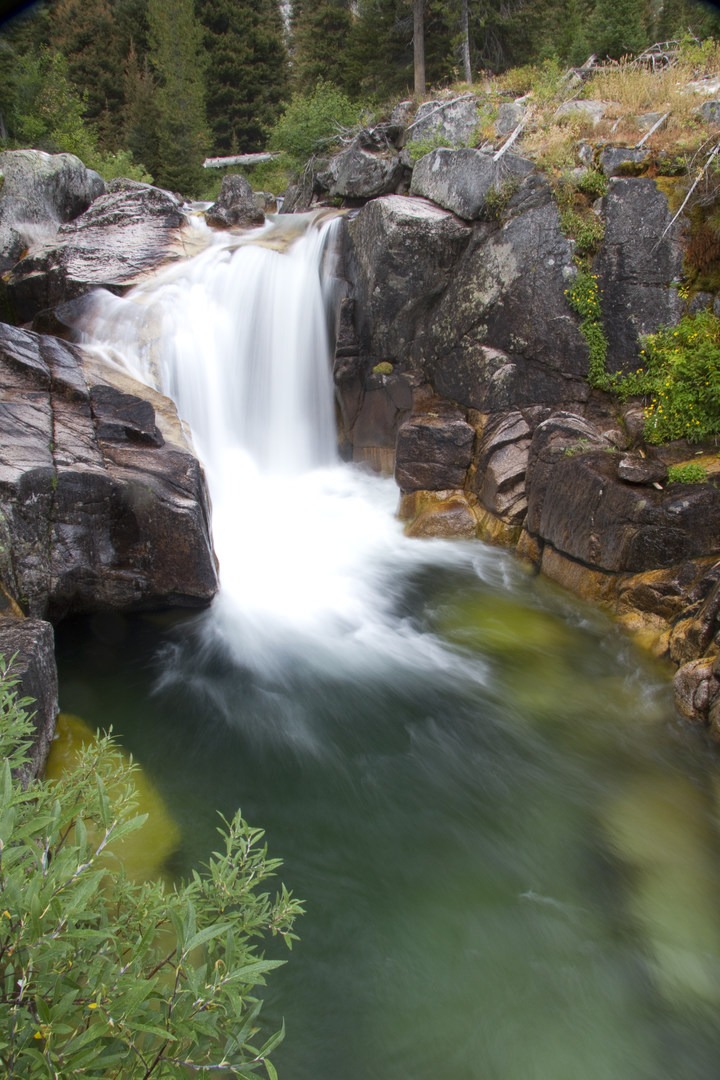





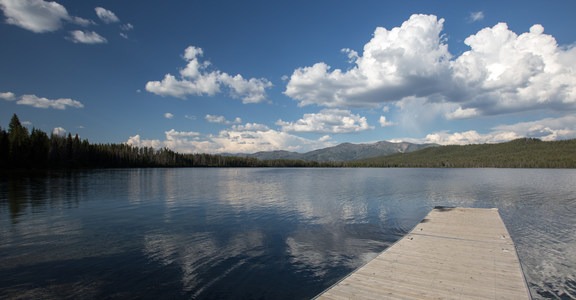
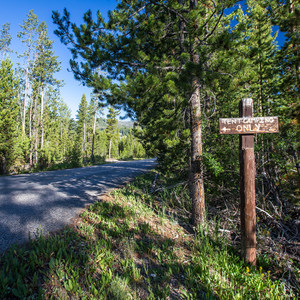

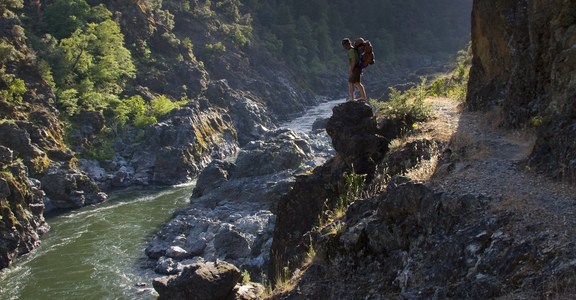
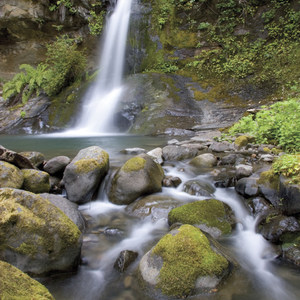
Comments
Sign In and share them.